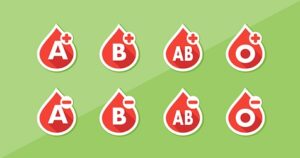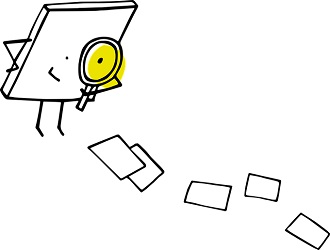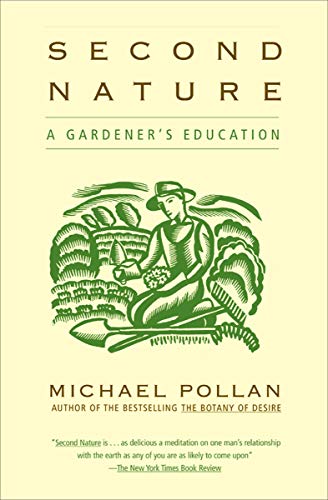
Ho-kay. I haven’t written about fad dieting for a while; to be honest, I thought I’d pretty well covered the bases with the keto, Whole30, vegan, food-sensitivity and paleo diets, with a brief foray into what Tom Brady eats, and figured that every other weird eating plan out there was just a variant on these. But I realize that I’ve never actually discussed the whole gluten-free craze, which I plan to do, plus some other somewhat more fringe-y ideas (since, sigh, going gluten free has become pretty mainstream). But I’m going to start this new round of anti-faddism with something I heard about only recently, and that is the “blood-type diet.” While it became popular with the publication of Eat Right 4 Your Type (no link provided, as I don’t want anyone wasting money on it) in 1996, it’s still alive and kicking. A revised and updated version of the book was published in 2016, and I found out about (or was reminded of) the diet because I heard about someone I know who is following it.








